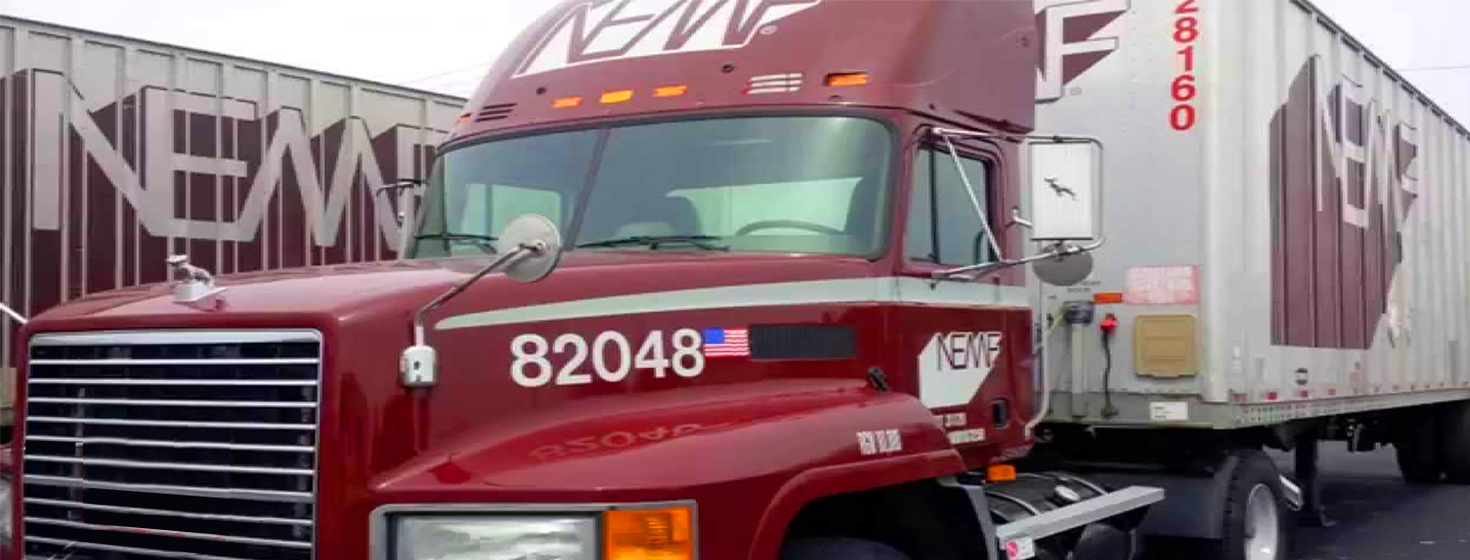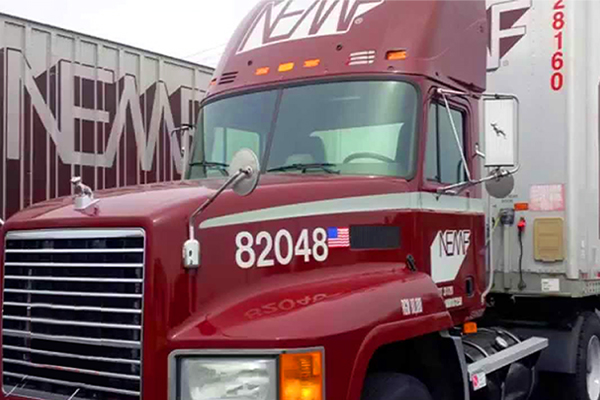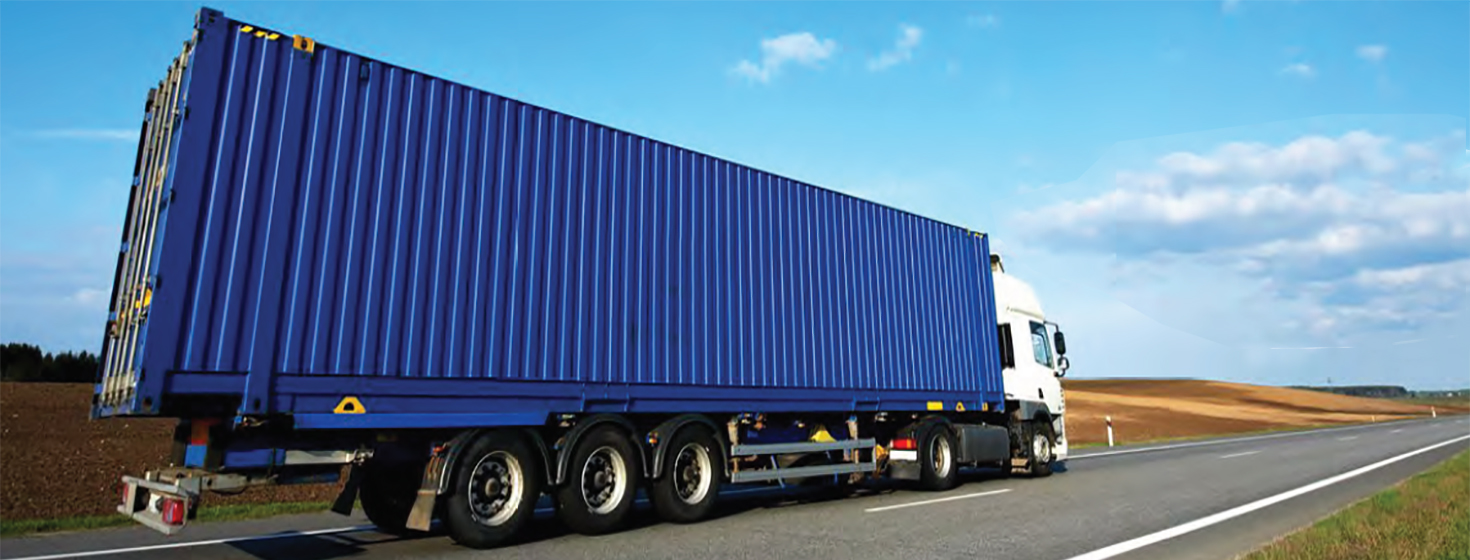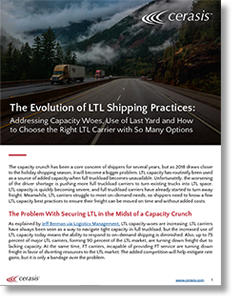What Can Shippers Learn From the New England Motor Freight Bankruptcy Filing?

The recent New England Motor Freight bankruptcy filing, along with ten related entities, has opened a Pandora’s Box to Less-than-Truckload carriers - the only thing strong enough to defeat the contents of Pandora’s Box in LTL shipping is a diverse supply chain.
Bankruptcy Filing
New England Motor Freight (NEMF), the 19th-largest LTL carrier in the U.S., filed for bankruptcy on February 11, 2019.
The filing opens Pandora’s Box to LTL carriers. NEMF cited the “severe driver shortage,” as a primary driving force in the filing, but according to William B. Cassidy, Senior Editor at the Journal of Commerce, real reasons lie below the surface.
The company simply could not fulfill its obligations, resulting from banks’ refusal to extend credit to the 101-year-old Less-than-Truckload (LTL) carrier.
The filing will have significant implications for carriers and shippers seeking to escape the NEMF bankruptcy maelstrom. In my analytics-driven mind, I see several critical issues in the filing that shippers and carriers need to consider in redeveloping shipping strategies in a post-NEMF era.
What Exactly Caused the NEMF Bankruptcy?
The NEMF bankruptcy is the result of the severe driver shortage and inability to meet financial obligations.
Now, the driver shortage is an odd topic. Yes, it exists, but it is not merely due to a lack of qualified drivers.
Often, the causes of the shortage go back to pay rates and working conditions. If drivers’ needs are not met, the effect is a capacity shortfall. There are instances where a lack of qualified drivers does exist, but better pay and conditions are the key factor attracting, hiring, and retaining drivers.
Since NEMF cites the shortage as a reason for bankruptcy, as well as inability to pay the bills, truckers at the company may have been feeling the effects of low pay and poor working conditions for a while.
Of course, the HOS regulations and ELD mandate also placed a financial burden on the company and its drivers. There’s not a definite answer yet, but that’s what initial filing and reports suggest to me.
Peering Into the Vortex Created by the Filing
The NEMF bankruptcy filing created a vortex in the LTL industry. This is on the heels of the Teamsters-UPS LTL shutdown, pending a union contract, from Q4 last year. The LTL market is unstable at best, and seeing a carrier with more than $402 million in annual revenue fail is going to have a lasting change on the market.
LTL Carriers Are Not Too Big to Fail
William Cassidy brought to a light an issue in reviewing the NEMF bankruptcy filing; how many carriers are struggling with the same financial problem as NEMF? The answer is uncertain, but one thing is clear. Carriers are not too big to fail, and even those with an established network and a century of experience will face trouble at some point. The instability creates an elevated risk for shippers, especially as e-commerce expands.
Deficit Ratings Are Now Under a Bigger Microscope
The LTL industry suffers from a problem of deficit ratings. Fragile carrier-shipper relationships lead carriers to accept “bad” freight, meaning freight that is not worth the time and costs to ship. In addition, carriers rate freight to provide shippers with the lowest costs, even if it comes at the expense of carrier efficiency and profitability.
The bankruptcy filing alludes to carriers that will be on the lookout for excess deficit ratings, so the cost of shipping LTL may increase for shippers. Instead of trying to give shippers the best rate by rounding up weight classes, they will be more likely to bill based on actual weight or dimensional weight. This could be a similar practice that led to NEMF’s demise.
Spot LTL Freight Rates Will Soar
The immediate reduction in freight capacity following NEMF bankruptcy will spur increases for LTL spot rates. Shippers will pay higher costs for spot rates, and in response, more shippers will look to negotiate contracts with carriers and avoid the added spot rate charges.
At the same time, the decrease in available capacity will result in additional refusals from existing carriers for spot freight, especially those that were prior NEMF shippers.
Carriers May Charge a Premium to NEMF Shippers
The demand following NEMF’s departure will also affect NEMF shippers in an additional way. Carriers may charge premiums to NEMF shippers to fulfill their freight needs.
At the same time, NEMF still has three weeks to get shipments out. Therefore, freight could be stuck in the supply chain, waiting on NEMF, and shippers may not have the available freight to fulfill new contractual obligations. In other words, the NEMF bankruptcy will require shippers to eat the cost of freight in transit with NEMF right now, recouping the cost upon delivery and moving to a new carrier.
NEMF May Help Other Carriers Hire Drivers, Increase Fleet Size and Fill the Sinkhole
The bankruptcy filing will also affect other carriers. Laid-off drivers and employees will be ready and willing to work for other carriers. More drivers will give carriers an advantage in augmenting capacity, and as NEMF liquidates its assets, fleet size will increase for carriers that purchase trucks and trailers.
Such actions will be good news for shippers, hoping to secure new capacity with other carriers. Unfortunately, the delay in hiring means any growth of carrier capacity from NEMF-liquidated assets and terminated drivers will not affect shipping rates for several weeks, if not months.
Pandora’s Box Is Open to Shippers; Only a Diverse Army Can Defeat It
Like the story of old, Pandora’s Box cannot be closed. The only hope lies in overcoming the challenges and effects released from its opening; the same is correct following the NEMF bankruptcy.
As an industry, we must work together to absorb the loss of this 100-year-old company. As shippers, we must diversify our carrier network and relationships.
As 3PLs, we must expand our horizons to offer more value and encourage shippers and carriers to work together. A diverse supply chain is the only thing strong enough to defeat the contents of Pandora’s Box in LTL shipping.
Related Commentary: Mike Regan, chief relationship officer of TranzAct Technologies, which closely monitors shippers’ freight bills, told Logistics Management's John Schulz that NEMF’s cessation would have “huge” ripple effects throughout the LTL sector.
“This is huge, there are some really significant ramifications, and it is being reflected in the pricing decisions we are seeing by the LTL carriers.”
Related Article: State of Logistics Industry: Recent Reports Indicate Logistics to Excel in 2019 in Key Ways
Related Less-than-Truckload White Papers
How Logistics Technology Will Shape Shipping in 2019 New!
This white paper, How Technology in Logistics will Shape Shipping in 2019, is a must-read for shippers looking to improve their shipping practices & reduce costs. Download Now!
The Evolution of LTL Shipping Best Practices New!
This exclusive, & educational white paper is for shippers who are accustomed to shipping LTL freight or are starting to ship more LTL freight, it addresses capacity woes, use of last-mile delivery, and how to choose the right LTL carrier. Download Now!
Current Factors Driving the Less Than Truckload Pricing Market New!
This white paper is a must-read for shippers who are seeking information on the less than truckload pricing market in order to plan for 2019. Download Now!
More Resources on Shipping
Article Topics
Cerasis News & Resources
GlobalTranz Appoints Executive Chairman Bob Farrell as Chief Executive Officer Amazon’s Drone Delivery Hits Milestone with Federal Aviation Administration Clearance Digital Supply Chain: The Landscape, Trends, Types, and the Application in Supply Chain Management Walmart’s Bid for TikTok Could Benefit the Retail Giant’s Ecommerce and Advertising Businesses The State of Ecommerce Logistics Heading into 2020 Peak Delivery Season Bringing Omnichannel to the Forefront of Ecommerce FedEx’s Fred Smith Optimistic About Economic Recovery as Ecommerce Business Booms More CerasisLatest in Transportation
FedEx Announces Plans to Shut Down Four Facilities The Two Most Important Factors in Last-Mile Delivery Most Companies Unprepared For Supply Chain Emergency Baltimore Bridge Collapse: Impact on Freight Navigating Amazon Logistics’ Growth Shakes Up Shipping Industry in 2023 Nissan Channels Tesla With Its Latest Manufacturing Process Why are Diesel Prices Climbing Back Over $4 a Gallon? More Transportation


















